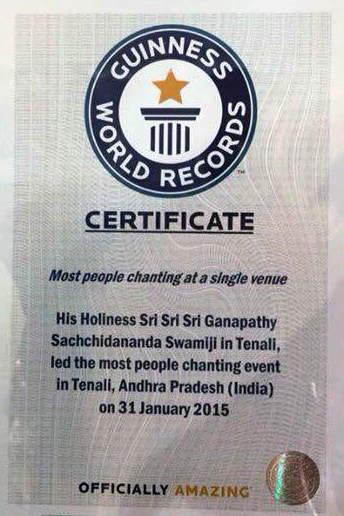Ruksharajasa has composed the next hymn of the Vanara gita-
Buddhirbalam yasho dhairyam nirbhayatva marogatā
Ajāḍyam vākpatutavancha Hanumat smaranāt bhavet.
Meaning- By merely remembering Hanuman, the person is blessed with good intellect and wisdom, strength, renown, courage, fearlessness, good health, agility and alertness in the intellect and excellent oratory skills.
These are the 8 essential traits of life.
Hence, remembering Hanuman is the need of the hour. By merely thinking about Hanuman, He will shower upon you all these good traits and qualities as mentioned in the hymn.
This is the most popular hymn among all hymns about Hanuman. The Vanara who composed this is Ruksharajasa. Reciting this hymn any number of times is a great penance. We should always remain indebted to Ruksharajasa, who blessed us with this all- powerful hymn. The eight traits mentioned in the hymn are the eight super-natural accomplishments.
Ruksharajasa was the Vānara emperor who raised the brothers Vali and Sugriva. It can be said that he was their father. This great personality was lucky to be associated with Hanuman right from the latter’s infancy. He noticed the unique capabilities in the little infant Hanuman and realized that this extra-ordinary child possessed the eight super-natural traits (ashta siddhi). It is essential to remember that within these super natural traits exhibited by Hanuman, there are many inherent hidden messages.
After the death of Ruksharajasa, Vali became the king of the Vanaras. Having understood the intellectual capacities, wisdom and cleverness of Hanuman, the brothers Vali and Sugriva appointed him as their minister. Later on, when problems cropped up between the brothers and Hanuman had to choose between them, He chose to support Sugriva, who was righteous (dharmic). At that critical juncture, he did not sway towards the unrighteous side (adharmic) even though power rested with Vali.
To Hanuman, Vali’s seniority, might and power were valueless when compared to righteousness (dharma). Hence He discarded Vali instantly. With his fine wisdom and maturity (buddhi), He guided the helpless Sugriva at every stage. Hanuman declared that He will stay wherever truth and righteousness prevail. Through His might and intellect He protected dharma. It is said that, in the end, when Vali lay dying, he sang hymns on Hanuman. He complimented Sugriva on having such an able and wise minister.
All of us are aware of the various obstacles faced by Hanuman when he was flying across the ocean. Using his sharp intellect and wisdom (buddhi) he successfully sailed through them. In tackling these obstacles on the path, he adopted varied techniques – he killed the demons, he expanded his size enormously when required and thereafter shrunk himself into an almost invisible state, he gave the respect that was due to some divine beings on the path and he amazed some others with his skills. Sundara Kanda of the Ramayana details all these feats and skills of Hanuman.
It is not possible to even remotely describe the extraordinary strength and the power contained within His body. Likewise, even his fame is limitless. At times we have praised his tail, at other times we have glorified the strength contained in his arms and in certain other situations, we have adored his face. In some other situations, we have glorified His compassionate eyes. We have profusely praised His heart, that has the images of Rama and Sita sealed within. Thus in so many varied ways, Hanuman’s glory is being brought out.
With his prowess he rattled the Ravana who lived in the skies. Likewise he also reduced to ashes Mayiravana who lived in the nether worlds.
Om Namo Hanumate Namaha.

